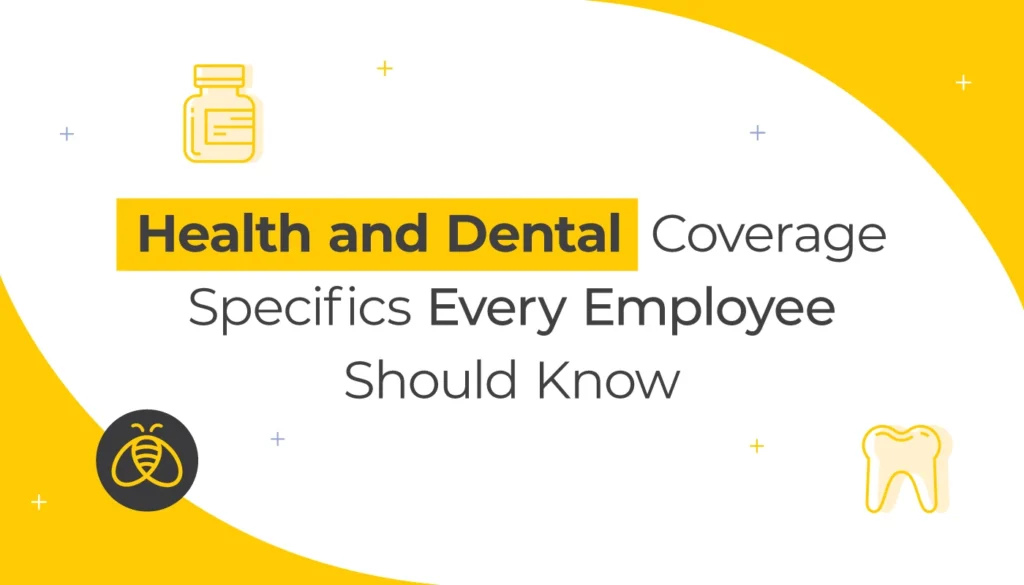Introduction:
Health insurance planning and personal protection provides protection against high-cost medical care.
Most people understand the importance of this and it is important in many areas to maintain and maintain health insurance policies.
This article is very important for dental and VN college selection.
1: The Basics of Health Insurance:
Health insurance is designed to cover and offset the cost of medical care, typically used for checkups and emergency services, surgeries, and long-term treatments.
Health insurance in the United States is provided through a combination of public programs.
Typical health insurance plans cover:
1: Preventive care (e.g., immunizations, screenings)
2: Hospitalization
3: Emergency services
4: Prescription drugs
5: Maternity and newborn care
6: Mental health services
2: Why Dental and Vision Care Matter:
Oral and visual health are integral to a person’s overall well-being. Neglecting these areas can lead to serious medical issues.
Dental Health:
Dental Health is just about having a bright smile, poor oral health.
Oral Hygiene Can Lead to Gum Condition Acting Center Control and Prevention Health Condition
Vision Health:
Eyesight decline and age-related decline mean many people require corrective lenses and eye treatment.
3: How Dental and Vision Insurance Work:
Dental Insurance:
1: Dental insurance usually covers:
2: Preventive care (cleanings, exams, x-rays)
3: Basic procedures (fillings, extractions)
4: Major procedures (crowns, bridges, dentures)
4: Most dental plans operate on a 100-80-50 model:
1: 100% coverage for preventive care
2: 80% coverage for basic procedures
3: 50% coverage for major procedures
4: Combined vs. Standalone Policies:
When shopping for insurance, consumers may encounter different types of coverage structures:
- Bundled Plans:
Insurance companies offer health insurance plus dental and vision bundle packages. - Standalone Plans:
Juice to Purchase Dental and Van Supertree Insurance Approach for More Customize Bitcon Sumtime Up in Adar - Employer-Sponsored Benefits:
Many employers offer dental and vision insurance as part of their benefits package. This is often the most affordable option due to group rates. - Government Programs:
Medicare: Original Medicare does not include routine dental and vision care. However, Medicare Advantage (Part C) plans often do.
Medicaid: Dental and vision benefits under Medicaid vary by state. Some states offer comprehensive coverage, while others limit services. - Health Savings Accounts (HSAs) and Flexible Spending Accounts (FSAs)
If you have a high-deductible health plan (HDHP), you may qualify for a Health Savings Account (HSA) or Flexible Spending Account (FSA). These accounts allow you to save pre-tax money for out-of-pocket medical, dental, and vision expenses.
Key Differences:
1: HSA: Funds roll over yearly; can be invested.
2: FSA: “Use it or lose it” policy; funds must be used within the plan year (with limited exceptions). - Trends and Innovations in Dental and Vision Care
Technology and telehealth are transforming how dental and vision services are delivered.
1: Teledentistry and Teleoptometry:
2: Patients can consult professionals via video for minor concerns or follow-ups.
3: These services improve access, especially in rural areas.
At-Home Services:
1: Companies now offer at-home impression kits for clear aligners or prescription eyewear.
2: Online platforms allow users to renew vision prescriptions remotely.
Digital Insurance Platforms:
More insurers are offering user-friendly digital tools for managing benefits, filing claims, and booking appointments. - Conclusion: Building a Holistic Health Plan
Dental and vision care are not luxuries—they are critical parts of a comprehensive health plan. Neglecting these areas can lead to preventable health issues, financial strain, and reduced quality of life.
1: When considering your insurance options:
2: Assess your current and potential needs.
3: Compare bundled versus standalone options.
4: Factor in costs, provider networks, and benefits.
Final Thought:
Good health insurance doesn’t just cover you when you’re sick—it helps keep you well. Including dental and vision in your healthcare strategy is an investment in your long-term health, productivity, and peace of mind. Be proactive, stay informed, and make coverage decisions that work best for your life and budget.


